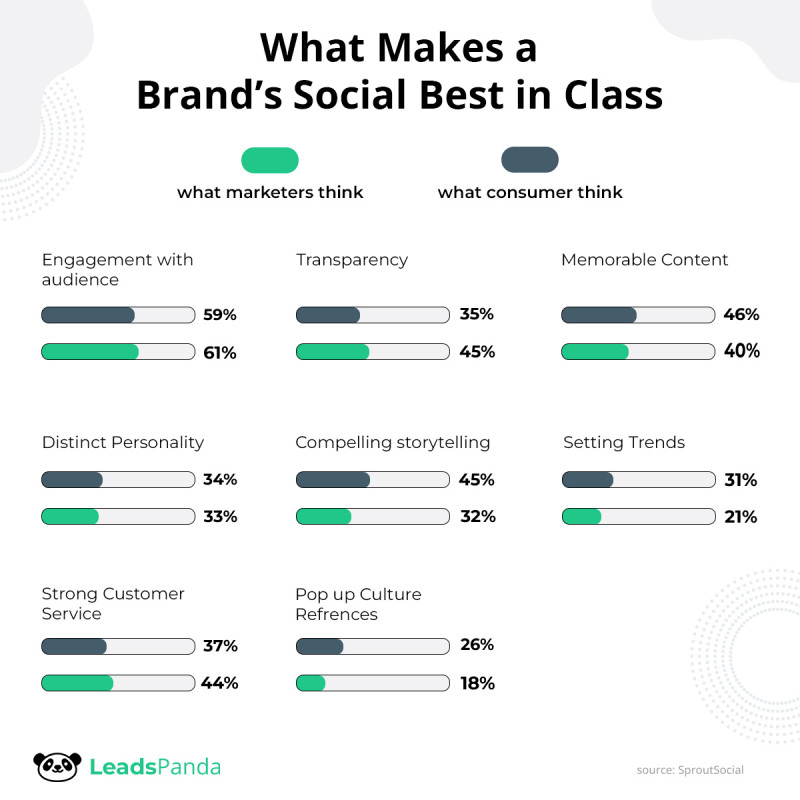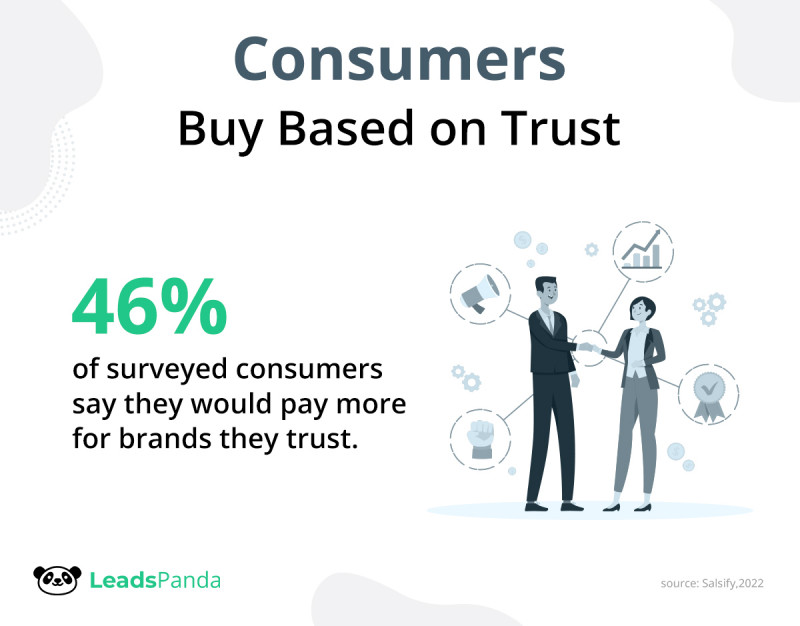Why Consistency in Brand Voice Matters in Content Marketing
Here’s what most big companies have in common: they understand the role that consistency in brand voice plays in their business’s success. They know that creating content with a distinct and recognizable personality can help them stand out from their competition.
However, establishing a consistent brand voice starts with perfecting your tone—and there are a lot of factors to consider. For instance, is your brand modern or more traditional? Do you want to sound practical or come off as inspirational? Do you want to seem witty and humorous or serious?
So, let’s break it all down to understand why these questions matter and how you can develop your own brand voice.
What Is a Brand Voice?
Your brand voice is the distinct personality communicated through your marketing efforts. It’s a big reason why brands are able to stand out—because they’re able to tell their story in a unique and compelling way. Several factors come into play: your choice of words, the tone you use, how you present your story, and what platforms you choose to communicate to your audience—all these combine to create your brand voice.
Why Does Brand Voice Matter?
It would be easy to just write according to how you feel like writing and publish it whenever you want to, wouldn’t it?
But the digital landscape is busy, noisy, and crowded. On any given day, it’s filled with chatter from all the different brands competing for your attention. Sure, you have your logo and other cues to help define a distinct visual presence, but your brand will be more memorable and effective when your voice is given the same attention and consistency as you engage with your audience, create compelling content, and communicate trends and brand insight. That’s what truly makes you stand out from your competition and memorable in the minds of your audience. In fact, when you take a look at the Sprout Social Index, these key elements are what consumers say made brands stand out.

Remember, content isn’t just about your visuals. It also includes words and your brand personality. How you present yourself to your audience is therefore critical to your success, and making sure that you do this in a consistent way will help solidify an image that draws people back to your business.
Why Consistency Matters
Now that we’ve established the importance of a brand voice, let’s talk about why we keep harping on consistency.
There’s no point in building a brand voice if you’re not going to use that voice across all your communications.
Let’s say you’ve already established that you want your brand to communicate in a serious and practical tone. Your communication efforts, possibly a blog post and social media materials, are focused on being straightforward, brief, and easily understandable. Your audience responds to this tone best and you get more engagement. But in your next round of social media posts and articles published, you decide to take a more relaxed and funny tone on a topic relevant to your audience.
While it doesn’t seem like a big deal, it may seem a little strange to your readers. Why is a brand that normally communicates in a serious, straightforward manner suddenly making light of things? In the complex environment of the internet, we want to make it as simple as possible for the audience to feel they know and can trust your brand, and inconsistent messaging will confuse people. This will affect your customer experience and that will trickle down to your brand’s credibility, reputation, and brand trust, which are critical to growth.

Learning From Your Customers
Your brand voice should be chosen based on what your audience responds to best. So, while a constantly shifting tone may capture the attention of some of your customers, it won’t help you develop a meaningful relationship with your core audience.
To fully and truly connect with them, you need to talk to them in the way that resonates with them the most. To achieve that, you have to learn from your customers and understand what they want and don’t want, what they need, what they like, and what they want to learn from you.
Armed with this information, you now have an opportunity to define a unique tone that will be most appreciated by your audience.
Making Your Brand Voice a Consistent Part of Your Identity
Your brand voice shouldn’t just be a one-off strategy. It should be part and parcel of your overall approach to marketing. To achieve a consistent voice, pay attention to the following elements:
- Word Length: Regardless of the image you want to project, your goal is to be understood clearly by your readers. Shorter words are simple and direct, while longer words can imply nuance and sophistication.
- Sentence Length: Shorter sentences tend to communicate straightforwardness. Longer sentences are more complex and detailed. Again, regardless of the kind of reader you want to appeal to, keep in mind that your readers should still easily understand what you’re saying.
- Use of Jargon: Jargon can be both good and bad. If you’re speaking to an audience composed mostly of people in your industry, then the use of jargon can be appropriate and will communicate authority. However, if you’re speaking to a more general audience who isn’t too familiar with your field, jargon may be hard to understand or come off as pretentious.
- Use of Contractions: Most people use contractions—you’re, it’s, don’t. If you want to communicate that you’re accessible, personable, and relatable, this is a good way to approach your writing. If you want to come off more serious and academic, be sure to avoid contractions.
- Use of Colloquial Language: If you want to give readers a sense of being in conversation, incorporating colloquial language into your content is a good idea. But try to avoid this if you want to establish a more serious and professional reputation.
Brand Voice Consistency Matters
Tone of voice is a very important element in creating consistent branding for your business. More companies today are emphasizing the importance of getting the right tone for their business so they can communicate with audiences more effectively.
If you want to learn more, reach out to us. Book a consultation or contact us to see how we can help you.
For any questions, leave a comment below or check out our LinkedIn or Twitter.
Share This Story
Get the latest growth ideas, strategies, and best practices delivered to your inbox.
Quick read that helps 7000+ subscribers.








